Article list
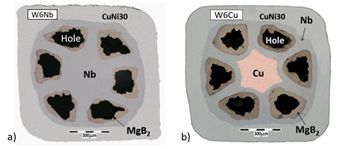
Superconductors like magnesium diboride (MgB₂) hold significant promise for high-power energy systems, MRI devices, and various industrial applications. A recent study of our colleagues from Department of Superconductors explored how the addition of copper into MgB₂ wire structures improves their thermal stability—a crucial factor for high-current applications. The study compared two types of six-filament MgB₂…

Our student, Mgr. Jana Hrdá, PhD., was awarded the “The STU Rector’s Prize” for excellent performance of study obligations throughout the studies of Doctoral study programme Physical Engineering. The topic of her dissertation was ” Study of the doping effect on the properties of ultra-thin layers of 2D materials.” Congratulations!
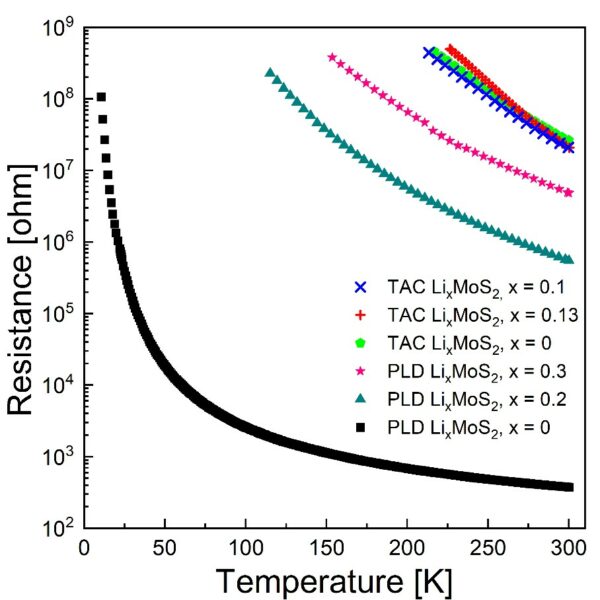
Molybdenum disulfide (MoS2) is a frequently studied material due to its layered structure, exceptional properties, and applicability in electronics, optoelectronics, and lithium batteries. In our research, we have shown how the addition of lithium affects the properties of ultrathin MoS2. The layered structure of MoS2 allows the intercalation of foreign atoms into the van der…
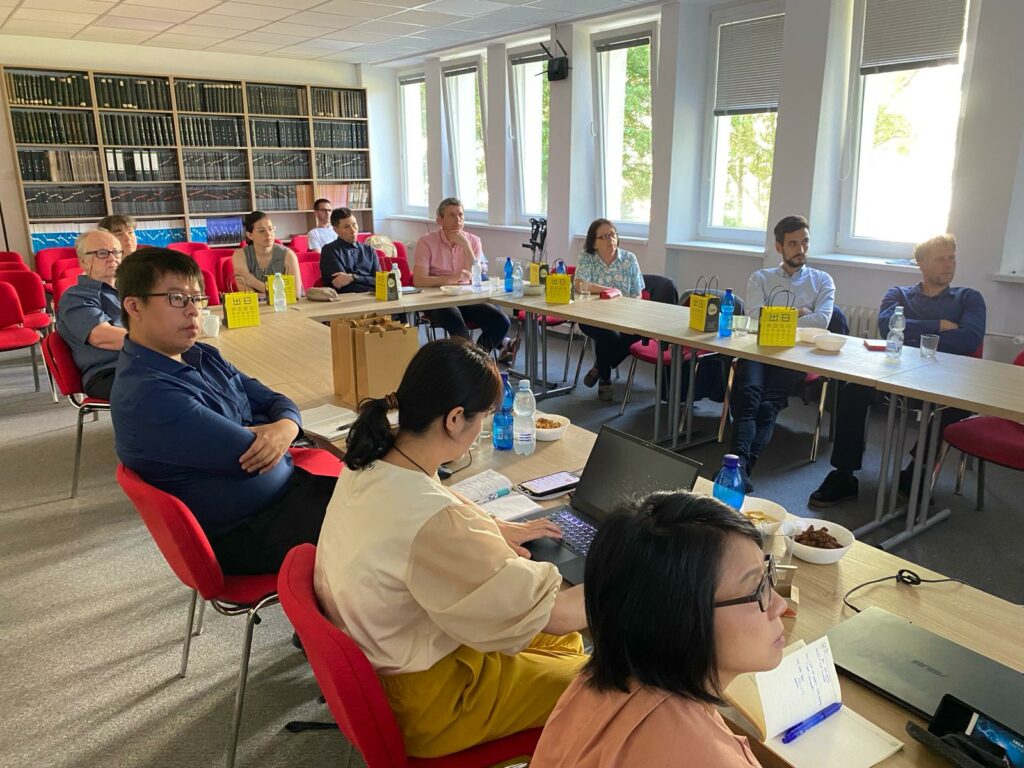
Last week (17-21.6.2024) a joint seminar was held with the participation of colleagues from the Industrial Technology Research Institute (ITRI), Slovak University of Technology (STU FEI) and the Institute of Electrical Engineering, Slovak Academy of Sciences (IEE SAS). The opening ceremony held at the STU FEI was attended by representatives of the Slovak Ministry of…
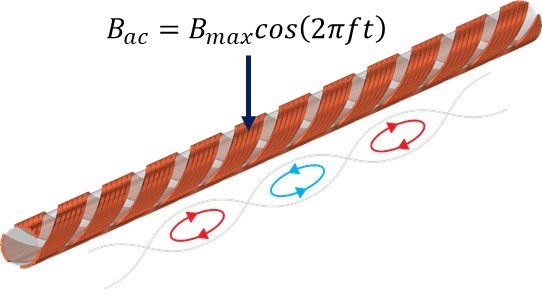
Currently, superconducting conductors are commercially available, and after cooling with liquid nitrogen (temperature – 195 °C), can transmit electric currents ten times higher than classic copper conductors. Without electrical resistance, and thus without energy losses, only direct current can be transmitted. Superconductors have this unique property due to the fact that the passing current is…

Superconducting tapes are attractive for use in magnets because they combine several favorable properties: a high upper critical field, good mechanical strength and a high critical current density of the ReBCO layer. The increase in current carrying capacity could be achieved by assembling many coated conductor (CC) tapes in parallel paths in a superconducting cable….
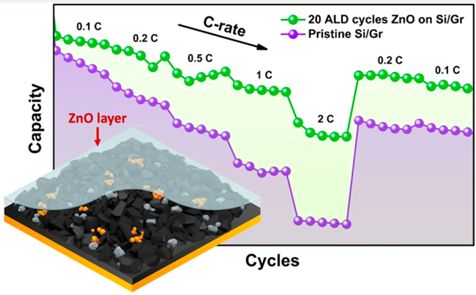
Silicon (Si) is a promising anode material for Li-ion batteries due to its high theoretical capacity (10 times higher than commonly used graphite) and abundant presence in the earth’s crust. However, the formation of an unstable solid-electrolyte interphase (SEI) and significant volume expansion during lithiation result in structural degradation, leading to a decrease in the…

Low-loss devices are needed tackle global warming issues. Devices using superconducting conductors represent possible solutions for these goals. Our colleagues have recently presented a method to characterize the effect of mechanical stress on the electromagnetic properties of superconductors. Low-losses devices and green energy solutions are a necessity to prevent global warming. Devices using superconductors could…
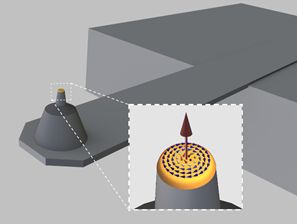
Magnetic Force Microscopy (MFM) is a technique that visualizes the distribution of a magnetic field of the sample with very high resolution. Our colleagues recently designed a new, more durable MFM tip with a magnetic vortex. In standard MFM, a sharp tip covered with a thin magnetic layer is used, which is placed at the…
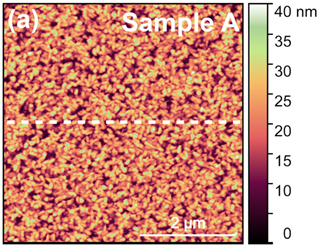
Gallium oxide (Ga2O3) is a promising material for manufacturing of semiconductor devices. The main advantage of Ga2O3 is its large energy gap and the resulting high breakdown field. This allows the use of Ga2O3 epitaxial films for processing of high voltage devices (transistors, diodes), while the wide bandgap opens up the possibilities of its use…





